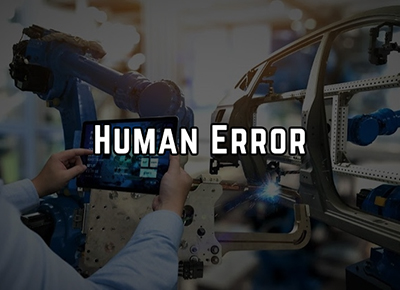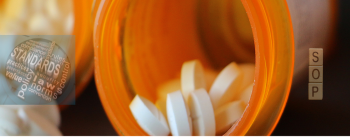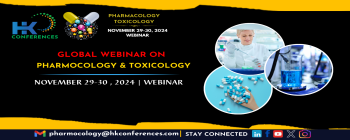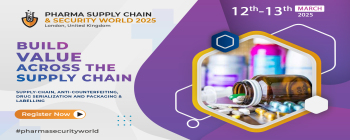
HUMAN ERROR PREVENTION TRAINING - PREVENTING ACTIVE AND LATENT ERROR IN THE LIFE SCIENCES
Dates: JULY 11 - 12, 2022
Time (Eastern Time US): 11 AM to 3 PM
Time (Central Europe): 5 PM to 9 PM
Duration: 2 DAYS
Course Director: CHARLES H. PAUL
ABOUT THE COURSE
Human Error occurs in all settings. Human Error frequently occurs in pharmaceutical manufacturing, even when the organization has done everything possible to prevent its occurrence. Documentation appears accurate, personnel are fully trained and equipment operates as designed; but errors continue to be made. Why? That is what we will explore in this seminar.
In the world of pharmaceutical manufacturing, the result of human error can result in loss of product or at the most extreme, injury to patients.
In many organizations, ‘Human Error’ is determined as the root cause of the event with reasons assigned such as ‘lack of attention to detail’ or ‘failure to follow procedure’. Corrective action usually involves re-training or disciplinary action. Such approaches do not seek to understand why the error(s) occurred in the first place and they certainly cannot be expected to prevent re-occurrence.
The human error problem can be viewed in two ways: the human approach and the system approach. Each has its model of error causation and each model gives rise to quite different philosophies of error management. Understanding these differences has important practical implications for coping with the ever-present risk of mishaps in pharmaceutical manufacturing.
The basic premise in the system approach is that humans are fallible and errors are to be expected, even in the best organizations. Errors are seen as consequences rather than causes, having their origins not so much in the perversity of human nature as in “upstream” systemic factors. These include recurrent error traps in the workplace and the organizational processes that give rise to them. Countermeasures are based on the assumption that though we cannot change the human condition, we can change the conditions under which humans work. A central idea is that of system defenses. All hazardous technologies possess barriers and safeguards. When an adverse event occurs, the important issue is not who blundered, but how and why the defenses failed.
SEMINAR OBJECTIVES
This two-day eight-hour virtual seminar, will explore the true causes and nature of human error, how human error should be investigated, how human error relates to human performance, and the difference between real human error and systems, processes, and management deficiencies.
WHO SHOULD ATTEND
Regulatory Affairs Departments
Quality Assurance Departments
Quality Control Departments
Compliance Departments
Operations Departments
Production Departments
Manufacturing Departments
Research and Development Departments
Engineering Departments
Scientists
Project Managers
Packaging Engineers
Documentation Professionals
Laboratory Professionals
11:00 AM - 04:00 PM
DAY 1
- What is Human Error?
- The differences between Active and Latent Human error
- Nature of human error in pharmaceutical manufacturing
- The human approach
- The systems approach
- Approaches to investigating Human Error
1:00 AM - 04:00 PM
DAY 2
- The root causes that are directly attributable to Human Error
- Assessing and reducing the human error risk
- The role of documentation and User Support Tools in preventing human error
- The role of leadership in Human Error reduction
- Human Error Reduction Strategies
- Human Error Prevention and Reduction Drivers








